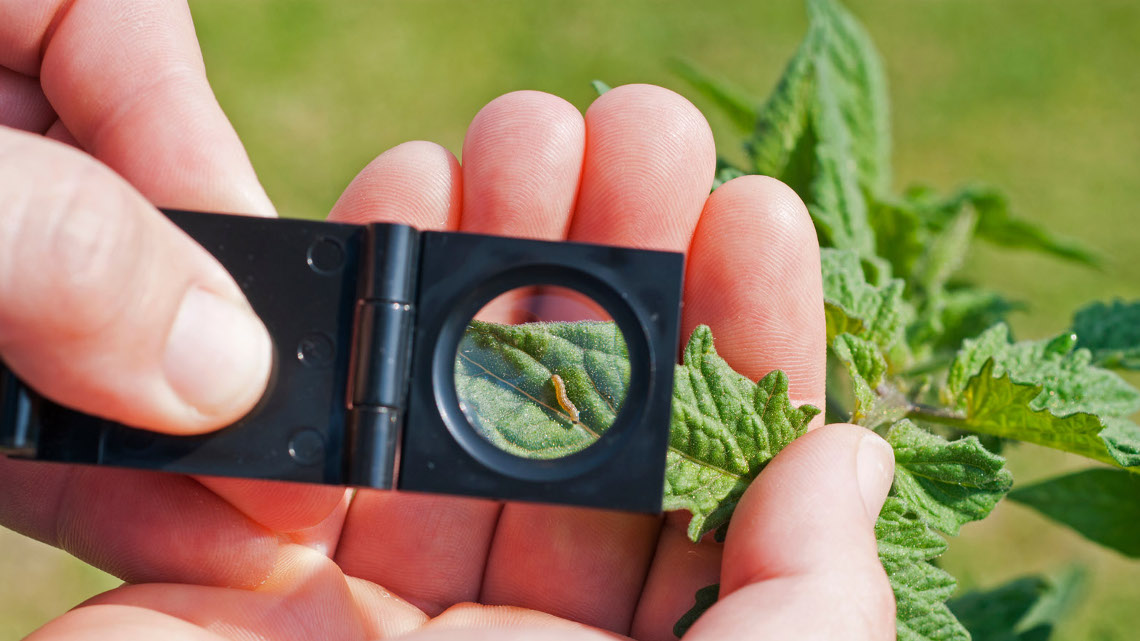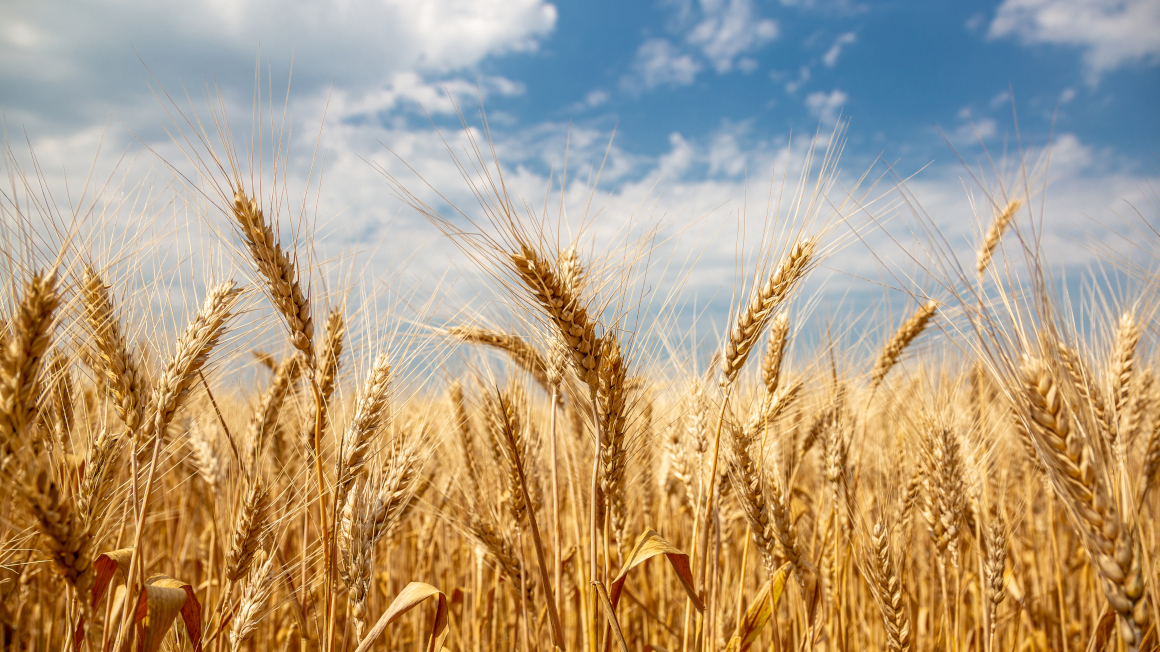Low cost production of pheromones
Pheromones are an effective weapon against plant pests, but their production is expensive. A European research team now wants to produce these messenger substances through biotechnology.

The predators of crop plants, such as the corn borer, are a nuisance for farmers. Where the larvae are at work, hardly a leaf remains. Usually, only pesticides help to control the pest. In the EU project OLEFINE, a European research association, which includes the Fraunhofer Institute for Building Physics IBP in Stuttgart, hopes to find a sustainable alternative to solve the problem. Instead of using pesticides to control the voracious larvae of the butterflies, the team is focusing on pheromones. Pheromones are scents that many animals use to communicate with other animals of the same species. These messengers have also proven to be extremely effective in pest control: they ensure that the male pests no longer find their female partners, thus preventing reproduction. But the chemical synthesis of the messenger substances is expensive and often harmful to the environment.
Cost-effective production of pheromones from yeast cells
Within the OLEFINE project, a process for the production of pheromones is to be developed that is more cost-effective. "Instead of chemically synthesizing the pheromones, the team has taken a biotechnological manufacturing approach," explains Eva Knüpffer, research assistant at the Fraunhofer IBP. This is based on yeast cells that produce pheromones under certain conditions through their metabolism. The Danish company Biophero is in charge of developing the process.
Fraunhofer prepares life cycle assessment
In the course of the project, the Fraunhofer researchers will examine the extent to which the production and use of the biotechnologically produced pheromones are actually sustainable, and draw up an ecological balance sheet. "We’re using models, for example, to investigate how much materials and energy are required for manufacture and what their impact is on the environment. To do this, we analyze the individual steps in great detail and indicate for which individual steps changes would have a strong effect," said Knüpffer. According to the researcher, the findings of the Stuttgart researchers are translated by biophero into process development.
First biotech pheromones in field trials
Starting in 2020, the IBP researchers plan to investigate the impact of these new biotechnologically produced pheromones on the environment in a field trial. The data will be used to answer questions such as the effect of the pheromones on biodiversity or their effect on pests and to compare the method with conventional insecticides.
The Stuttgart researchers will also analyse the costs. Knüpffers has no doubt that in the end, the biotechnological production of the pheromones will be considerably cheaper than chemical synthesis. In the long term, the gentler method of pest control might also be able to compete with traditional pesticides in terms of costs. "The pheromones only have to be applied once a year during the flight phase of the lepidoptera, whereas insecticides generally have to be sprayed several times a year," argues the researcher. "As such, it’s a very real possibility that they will eventually be sold in the same kind of price class as traditional pesticides."
bb/um


